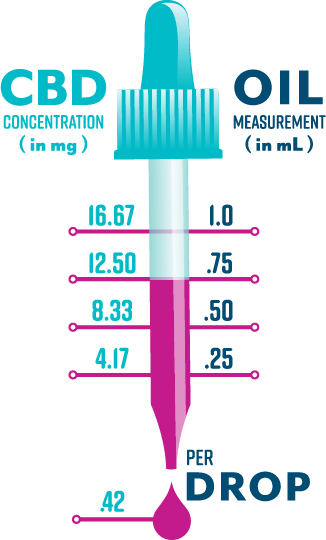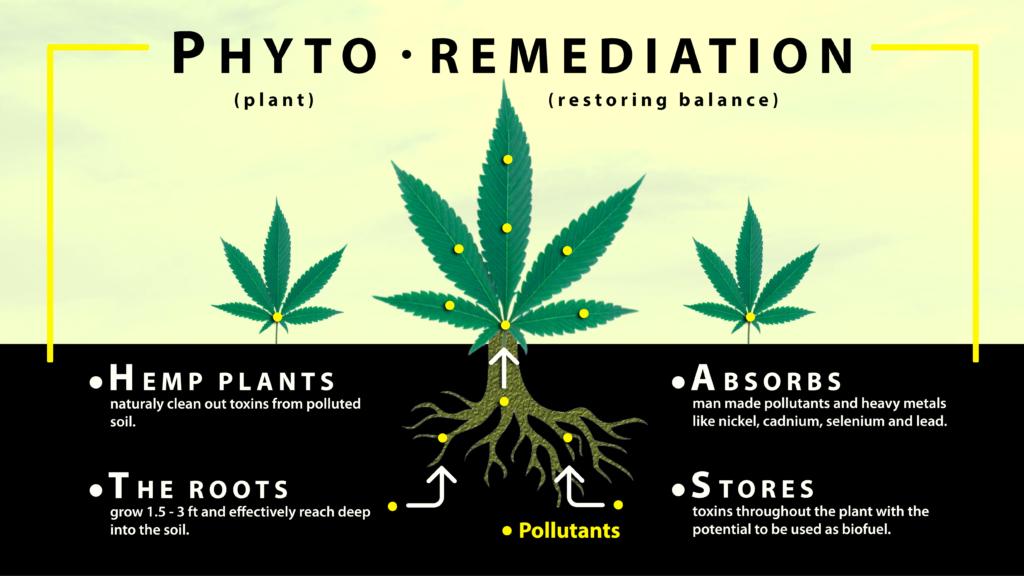If you have spent any amount of time researching CBD dosing for dogs and cats, you may feel a small sense of frustration. Some companies instruct you to administer a full dropper once a day, while others recommend more specific amounts every 8 hours. Some even require you to convert your pet’s weight to kilograms in order to figure out the recommended dosage amount. Talk about confusing. We get it and we hope to provide some much-needed clarity on the subject of CBD dosing for dogs and cats.
Before we dive into the meat and potatoes of dosing, we will first cover some of the basics regarding CBD oil.
What is CBD?
Cannabidiol (CBD) is one of more than a hundred cannabinoids found in the cannabis plant. CBD is the second most common cannabinoid after tetrahydrocannabinol (THC), which is most commonly known for the euphoric effects it causes (i.e. getting high). Other lesser-known (but still relevant) cannabinoids include: CBN, CBG, CBC and CBDA. Enough with the alphabet soup – let’s do a high level overview of the science behind CBD.
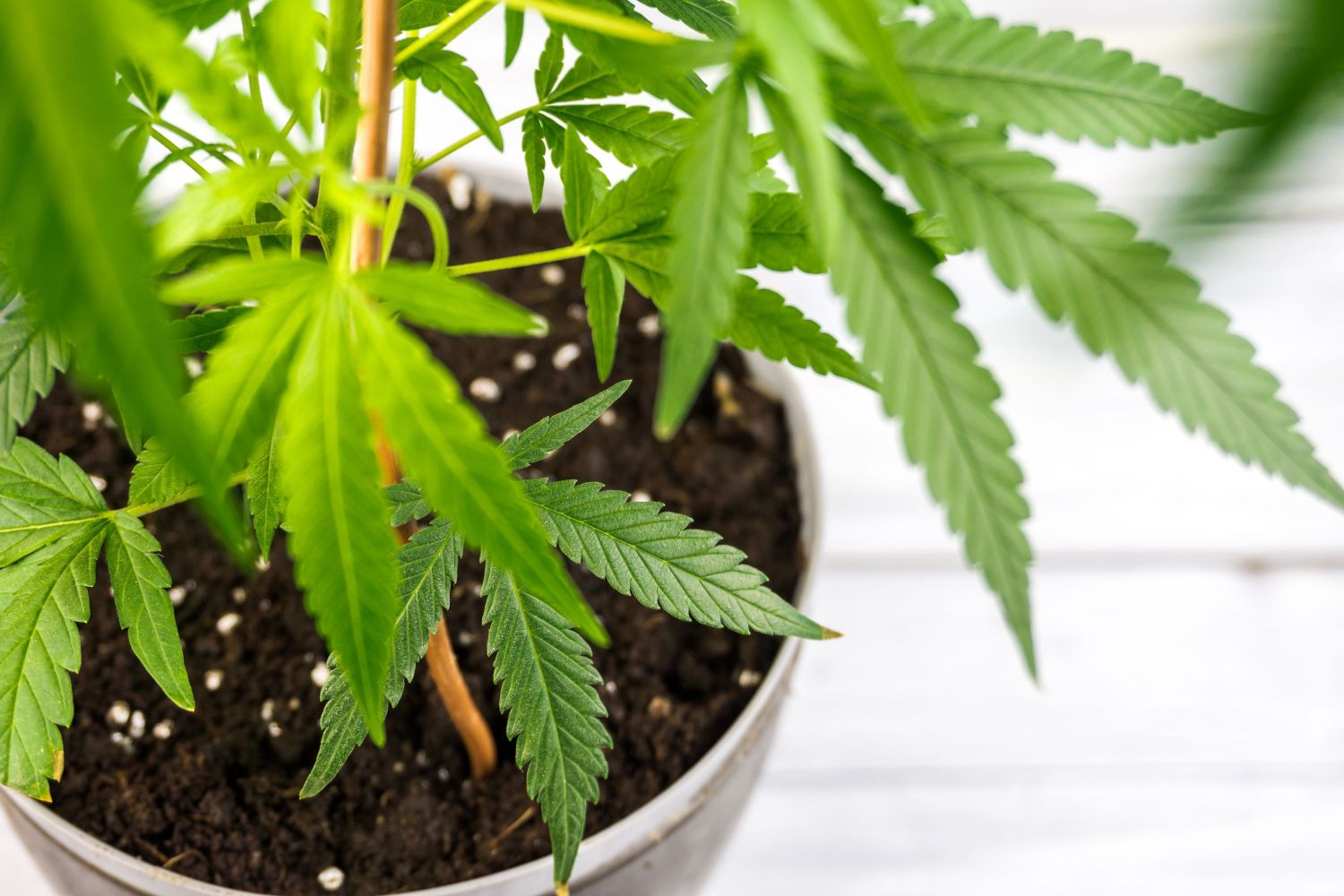
The Endocannabinoid System
When CBD enters the blood stream, it interacts with something known as the endocannabinoid system (ECS), which is essentially a network of receptors and enzymes. Very simply, the role of the ECS is to regulate the flow of signals that are being sent between cells with the “goal of maintaining balance”.
The ECS regulates many of the body’s most important physiologic pathways, including:
- Pain perception
- Cardiovascular activity
- Gastrointestinal activity
- Maintenance of bone mass
- Protection of neurons
- Hormonal regulation
- Metabolism control
- Immune function
- Inhibition of tumor cells
- Inflammatory reactions
The importance of a healthy and balanced ECS for survival and overall well-being cannot be overstated.
As mentioned above, CBD is a cannabinoid and “cannabinoids” come from two different sources.
Phytocannabinoids vs Endocannabinoids - What is the Difference?
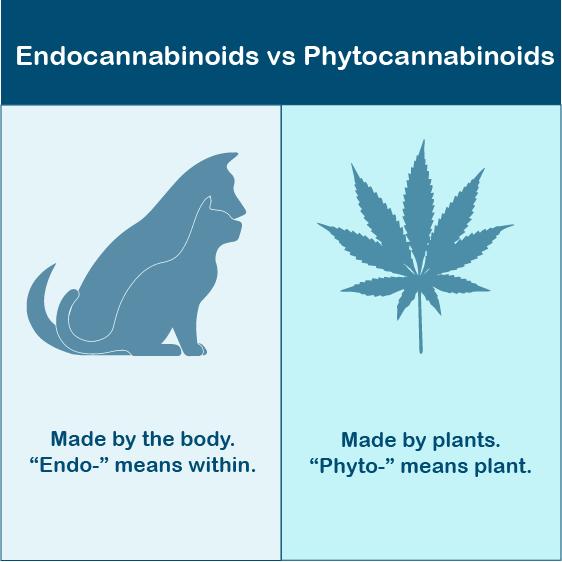
Both endocannabinoids and phytocannabinoids interact with the ECS, but what is the difference? Endocannabinoids are produced by our bodies internally, while phytocannabinoids come from plants.
Endocannabinoids are made and released by cells on demand as a response to a trigger. Triggers include injury, illness, inflammation, or other imbalances. A properly functioning ECS will respond to these triggers until balance is restored or the issue no longer exists. However, not all animals and humans have an ECS functioning at 100% efficiency.
An endocannabinoid deficiency can result from many different things – sometimes it stems from genetics while in other cases it can be developed later in life. Studies have also shown that chronic stress or poor diet and exercise can also lead to ECS dysfunction.
This is where phytocannabinoids come into the picture. Phytocannabinoids can be used as a substitute for the lack of endocannabinoids being produced. Ultimately, they can fill in the gaps and ensure that the body has the tools it needs to take care of itself.
Where Does CBD Oil Come From?
CBD can be found in both hemp and marijuana plants. A common misconception is that hemp and marijuana are two different species of plants. While they do have notable differences, they are both part of the “cannabis” family. Legally the term “hemp” refers to cannabis that contains .3% or less THC. In 2018, the farm bill provided us with the legal definition of hemp and federally legalized all forms of cannabis that meet its criteria.
Marijuana on the other hand is legally defined as cannabis with greater than .3% THC content. While hemp is federally legal in all 50 states, marijuana is only legal in about half of those states. The THC potency of some marijuana plants can range from 5% all the way up to 30% – which is extremely high (no pun intended). While marijuana consumption is often times thought of as a recreational “party” plant, believe it or not it carries many health benefits as well. However, there are many who avoid it all together because they wish to bypass the “high” that comes with it. More specifically when discussing pets, it must be avoided at all costs.
Mary Jane and Pets
We’ve all seen movies or shows depicting pets getting “stoned” after getting into the owner’s stash. Often these scenes are intended to be comical and end with the pet getting the munchies and having profound thoughts or speaking to their owners. While Hollywood paints these scenes in a comical manner, the truth is much more scary.
Marijuana is toxic for animals. It can lead to severe poisoning and in some rare cases, it can even be fatal. Cats and dogs (dogs especially) are reported to have a higher number of cannabinoid receptors in the brain compared to humans. This means that a small amount for a human can have a devastating impact on our fury friends.
Animals can become “high” for up to 72 hours and experience nasty side effects like:
- Loss of balance
- Disorientation
- Confusion / anxiety
- Drooling
- Vomiting
- Loss of bladder control
- Seizures
If your pet ever consumes products derived from marijuana, we recommend contacting your vet immediately.
In order to avoid accidentally dosing your pet with CBD derived from marijuana, it is absolutely critical that your CBD is sourced from a reputable company. Furthermore, the product labeling must show a THC level lower than .3%, it must be intended for animal consumption and lastly independently tested for purity and safety.
At this point you may be concerned about the minor amount of THC in hemp (less than .3%). We completely understand your concerns and are happy to alleviate them. As long as your pet’s CBD is derived from hemp, the small amount of THC in the oil will not harm your sweet fur baby. In fact, many experts believe that trace amounts of THC actually enhances the overall healing properties of CBD oil.
Below we will dive into the different types of CBD oil.
Different Types of CBD Oil
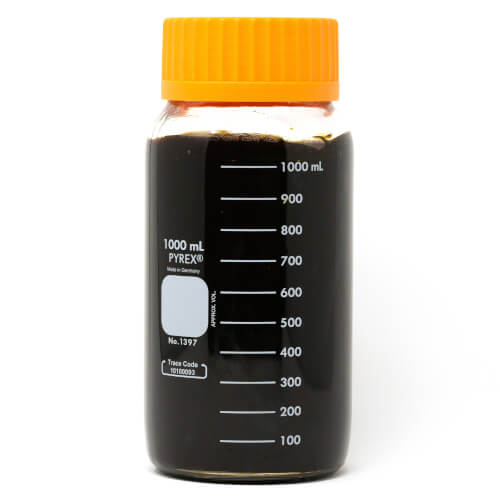
Full Spectrum CBD Oil
Full spectrum oil is the most natural form of CBD oil and carries less than .3% THC. It is the least processed and contains all of the botanical properties of the cannabis plant to include: phytocannabinoids, terpenoids, flavonoids, fats & waxes.
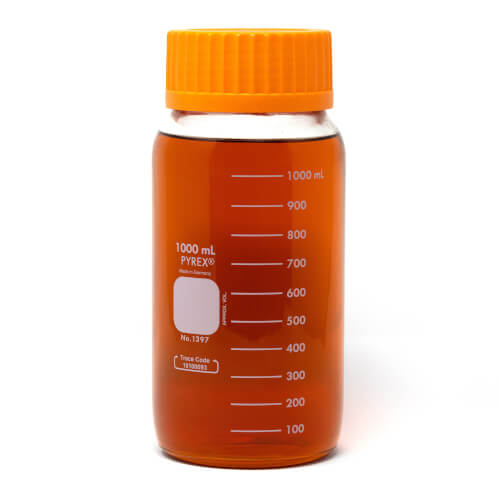
Broad Spectrum CBD Oil
Broad spectrum oil is a more filtered and processed version of full spectrum oil. During the filtration process, all THC is removed from the oil. Many of the phytonutrients are inevitably removed / eliminated as well, which results in a less natural end product.
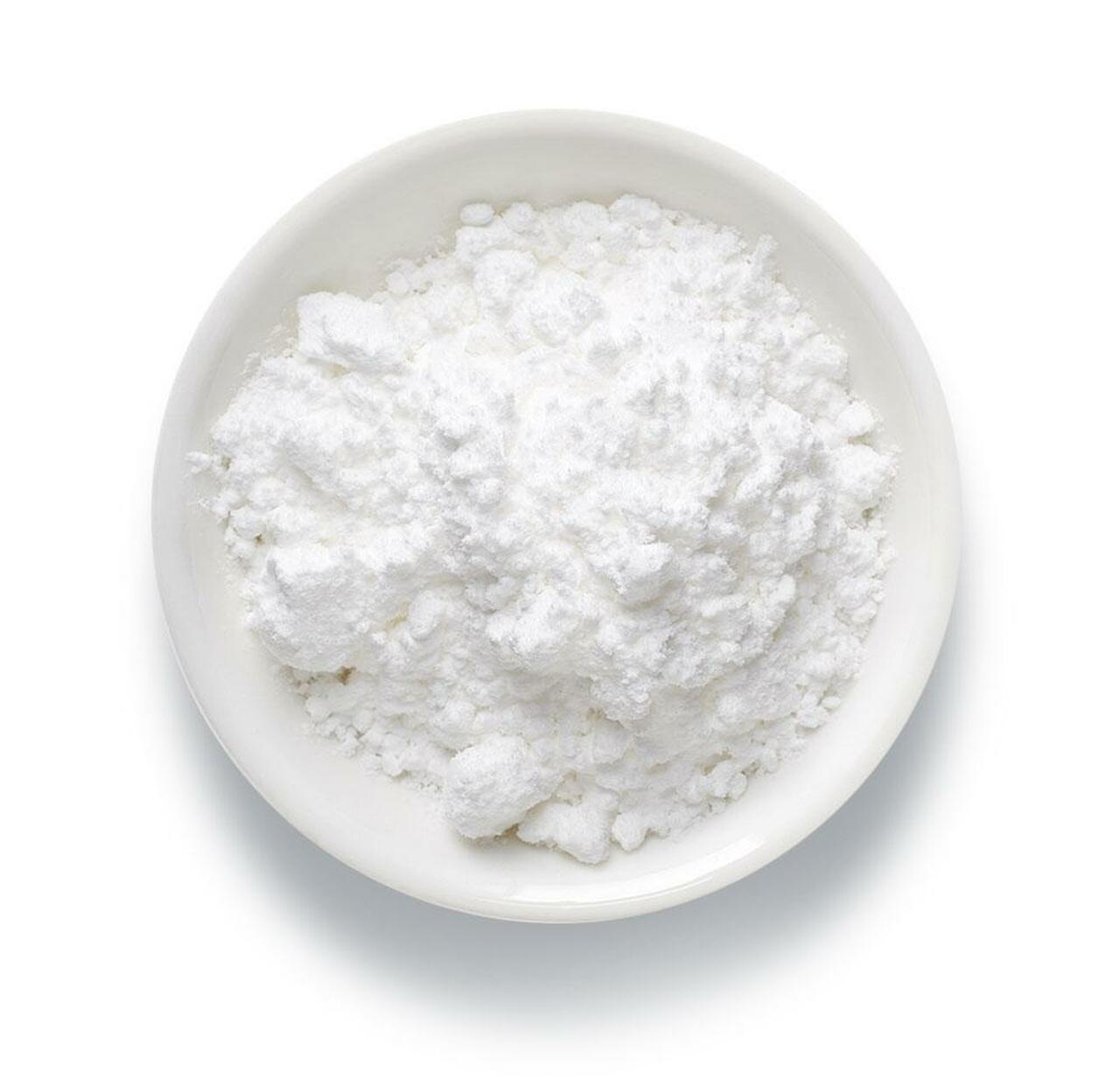
CBD Isolate
CBD isolate, while being the purest form of CBD (usually 99% plus) is also the most processed form of CBD. To produce CBD isolate, manufacturers extract all the compounds and other substances from the cannabis plant, including THC. The process leaves behind pure CBD in crystal form.
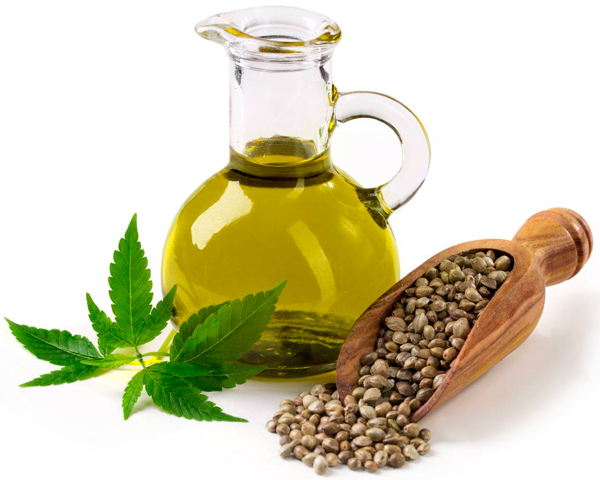
Hemp Seed Oil
Hemp seed oil has no detectable amount of CBD or any other phytocannabinoids. While hemp seed oil is a great source of omega fatty acids, it has no therapeutic benefits. This type of oil is commonly “branded” as CBD oil on Amazon and marketed as authentic. It is important to note that the sale of real CBD oil on Amazon is prohibited.
Which Type of CBD Oil is Best for Your Dog or Cat?
Full spectrum CBD oil is by far the best option when it comes to quality and overall healing potential. Studies have found that phytocannabinoids have their own individual benefits when isolated from other phytocannabinoids. When used together as they occur in nature, they balance each other in a synergistic action known as the “the entourage effect”.
The “entourage effect” essentially means that the cannabinoids work better together in unison versus being isolated from one another.
Example of synergistic enhancement: both THC and CBD, when given separately, have been found to have pain-relieving properties, but studies show that THC enhances pain relief when used together with CBD, compared to CBD used by itself.
Not only does full spectrum CBD oil contain unaltered and naturally occurring phytocannabinoids, it also contains a full profile of terpenoids and flavonoids.
Terpenoids (also called terpenes) are the essential oils that exist in all plants, trees and flowers – including the cannabis plant. These oils give cannabis its odor, color and flavor. Over 200 terpenoids occur in different strains of the cannabis plant and each unique terpene offers its own set of therapeutic and medicinal benefits.
Flavonoids are compounds that give plants their pigmentation, filter ultraviolet rays, attract pollinators and prevent plant disease. Flavonoids have been shown in laboratory studies to have anti-inflammatory and antioxidant properties. They are also known to be anti-viral, anti-bacterial, anti-fungal and anti-allergic.
Now that we have touched based on the different types of CBD oil, let’s discuss the importance of 3rd party testing.
Independent 3rd Party Testing
The CBD industry is unregulated for the most part. While the oil must contain less than .3% THC in order to remain federally legal, there are no other standards by which CBD companies are held to.
Luckily, a good portion of the CBD industry self regulates. That is to say, reputable companies will frequently publish independent laboratory results on their own. The 3rd party testing results are typically referred to as a COA (certificate of analysis) or just simply ‘lab results’.
Ultimately a COA will reveal the contents of the oil through the lens of an unbiased unaffiliated laboratory.
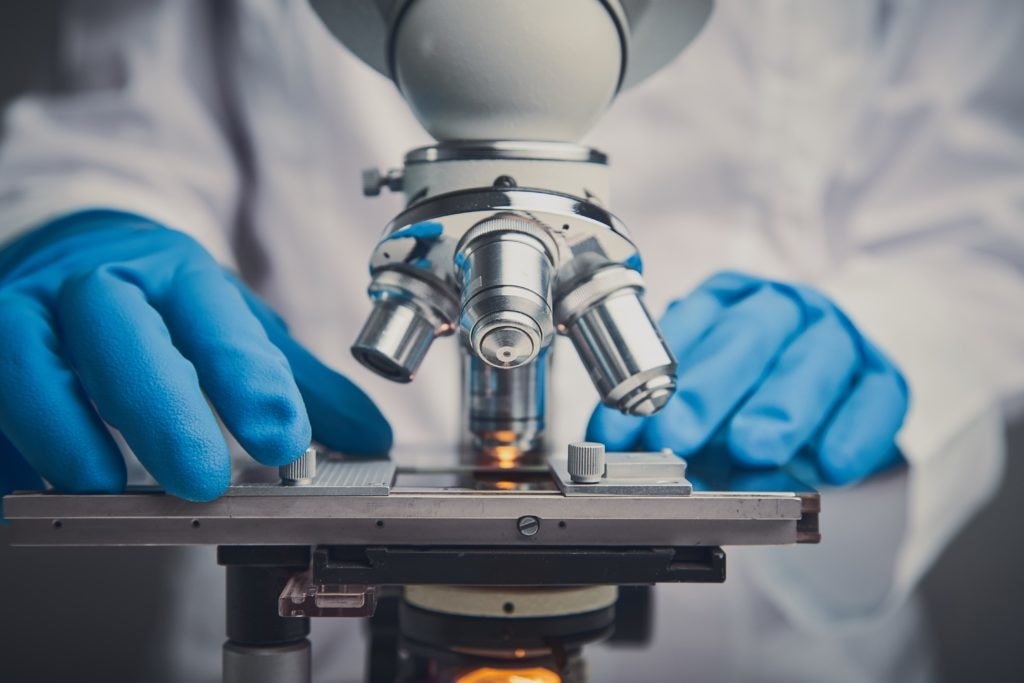
A thorough COA will test for:
- Purity
- Potency
- Terpenoids
- Pesticides
- Mycotoxins
- Harmful solvents
- Heavy metals
- Microbials
You may be surprised to hear that several companies (looking at you Amazon sellers) do not provide COAs. This is likely because a COA will reveal that the product is simply hemp seed oil (aka snake oil) with no therapeutic benefit.
In other cases, you may see companies that have one or two COAs but they date back 2+ years. This is another scenario that should set off red flags in your mind. Some companies will try to get away with testing their first batch or two for ‘transparency’, then stop testing future batches all together. Not only is this dishonest – it is also unsafe.
Hemp is used for “phytoremediation” which means that it can be intentionally planted to remove toxins and heavy metals from the soil. Typically hemp plants used for phytoremediation are disposed of or harvested and turned into fiber, clothing, paper or other commodities.
While phytoremediation is an amazing and sustainable way to clean up mother earth, this means that we must be extra careful when it comes to CBD products and brands that we trust. For example, 1/3rd of the world’s hemp is produced in two Chinese providences. Given the historical lack of environmental regulation in China, one could only imagine what type of toxins and heavy metals lay in the soil.
For this very reason, it is absolutely critical that your CBD products are sourced from the USA and 3rd party lab tested.
***Fun Fact*** In the late 90’s (after Chernobyl) a company called Phytotech began experimenting with industrial hemp in some polluted Ukrainian Regions. The results were extremely promising.
The Benefits of CBD Oil
Now that we have a solid foundation regarding the basics of CBD, let’s dive into the benefits of CBD oil for dogs and cats.
Our full spectrum CBD oil can help with:
- Arthritis & Inflammation
- Pain Management
- Mobility Issues
- Anxiety
- Digestion Issues & Upset Stomachs
- Old Age
- Seizures
- Depression
- Skin & Allergy Issues
- Immune System Support
Full spectrum CBD oil is also known to be:
- Anti-diabetic (helps stabilize blood glucose levels)
- Anti-bacterial (active against bacteria)
- A bone stimulant (natural bone regeneration)
- Cardio-protective (protects the heart)
- Anti-proliferative (inhibits malignant cell spreading)
- Neuroprotective (protects nerve cells from damage and degeneration)
The old saying of “good things come in small packages” holds true when it comes to full spectrum CBD oil and its overall therapeutic healing potential.
Before we dive into the details involving CBD dosing for dogs and cats, lets touch base on some potential side effects pets can experience with CBD oil.
Potential Side Effects of CBD for Dogs and Cats
Despite the large number of benefits CBD has, it is important to shed light on some of the potential side effects as well. While most of these side effects occur as a result of high dosing, there is one potential side effect that can interfere with your pet’s prescribed medications.
A clinical study conducted in 2019 drew a link between CBD consumption and a decrease in liver enzyme production. This reduction could prevent proper metabolization of prescription drugs your pet may be on. During the clinical trial, mice were given varying amounts of CBD oil over the course of ten days. According to the study, the only groups that experienced significant increases in liver activity were given extremely large amounts of CBD in proportion to their weight. To put things into perspective, the mice were given 279 MG of CBD per pound. Here at Mile High Pawducts, our highest recommended dosage amount is .25 MG per pound, while our lowest dosage amount is .05 MG per pound. We are not disputing the results from the study, but rather providing additional context for transparency sake. With that being said, if your pet is on any prescription medication we strongly recommend consulting with your Vet prior to starting them on CBD oil to err on the side of caution.
Other minor side effects that can occur with too large of a dose include:
- Lethargy
- Vomiting / Upset Stomach
- Dry mouth
- Minor drops in blood pressure
- Diarrhea
In order to avoid these minor side effects, we recommend starting your pet off with a low dose for the first two weeks. This allows you to gauge their response to they oil and serves as a gradual way to incorporate it into their daily routine.
How Much CBD Should I Give my Dog or Cat?
This is a great question and hands down the most frequently asked question that we receive. With dosing information varying from company to company, it’s understandable that a level of confusion arises.
The truth is that there is currently no FDA approved standard by which pets should be dosed. The Farm Bill that was passed in December of 2018 is what legalized hemp-based CBD in all 50 states. Unfortunately, prior to Dec 2018, hemp and cannabis were widely demonized and very few laboratories / college campuses were able to legally study effective dosing or the therapeutic benefits of CBD. Given this information or lack thereof, we at Mile High Pawducts decided to go with the next best thing and use dosage calculations which were created by a group of licensed holistic veterinarians.
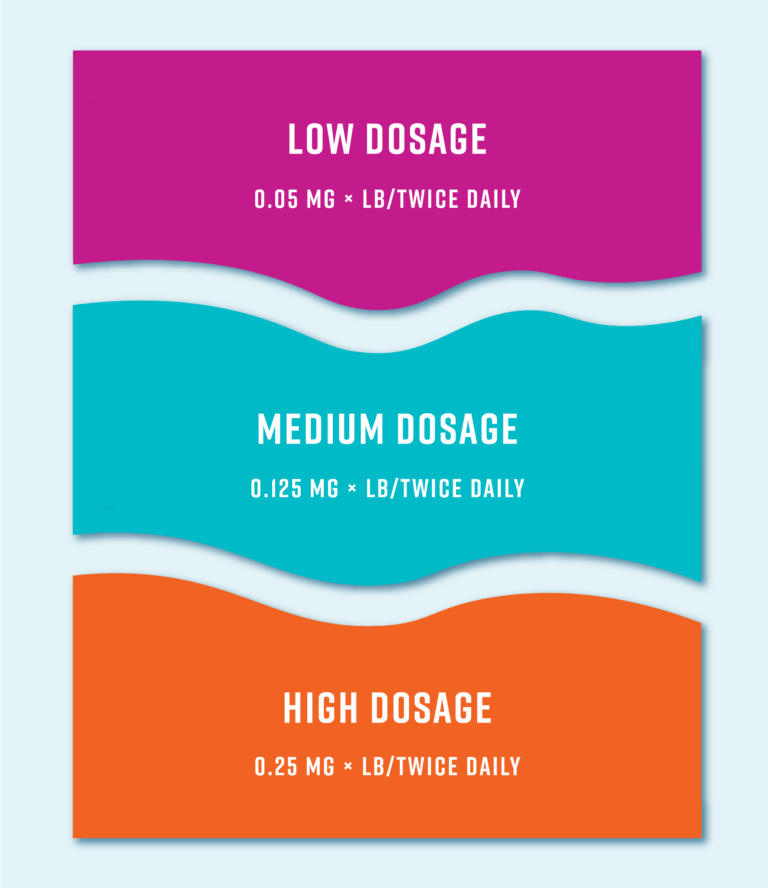
There are two variables to be considered with regards to choosing the best starting point for your dog or cat. Those variables are weight and the severity of the condition you are treating.
In most cases, we recommend starting off with a low dosage for the first two weeks. This allows you to gauge your pet’s response to the oil and it’s also a great way to slowly introduce the oil into their daily routine. After two weeks you can evaluate whether the dosage needs to be increased, decreased or maybe it’s perfect as it is. All animals respond to CBD oil differently, so a low dose for one pet may not be the best fit for another.
The ultimate goal for starting low and gradually increasing the dosage is to find their ‘sweet spot’. The ‘sweet spot’ is just enough to alleviate your pet’s issues and improve their quality of life, without it being so much that they become lethargic, unenergetic or sleepy. The key is to remain consistent, so it is good to develop a routine and stick to it. Now that we have discussed dosing, lets touch base on dosage frequency.
Dosage Frequency for Your Dog or Cat
For the following issues, we recommend dosing your pet twice daily:
- Arthritis & Inflammation
- Pain Management
- Mobility Issues
- Anxiety
- Digestion Issues & Upset Stomachs
- Old Age
- Seizures
- Depression
- Skin & Allergy Issues
- Immune System Support
Typically we suggest dosing your pet each day with their morning and evening meals, however do whatever works best for you and your sweet pet.
Some pet parents keep CBD oil on hand just in case of high anxiety events such as: fireworks, vet visits, grooming, car rides, thunderstorms etc. For these one off scenarios, we recommend administering their dose 30 minutes prior to the event if possible.
Now that we have a great general understanding of CBD, lets discuss what makes our CBD oil stand out from the competition.
The Mile High Difference
Our Full Spectrum CBD Oil is made from the finest organically grown hemp in Colorado and Oregon. From soil to oil, our product is as safe as it is pure. Our human-grade CBD oil is all natural, non-GMO and 3rd party tested for purity and safety.
Our CBD products are also:
Hand Filled & Labeled
Each individual bottle is hand filled and labeled. Many companies prefer to outsource the bottling and labeling portion of the business. We take pride in our products and wish to maintain full control of the production process.
Generously Filled
Although the label says 30 ML, you are really getting at least 33 ML of CBD Oil (10% more). This doesn't seem like much, but sometimes if you are running low it's just enough to hold you over until you get your next bottle.
Backed by a 90 Day Money Back Guarantee
We are the only pet CBD company to offer a no questions asked 90 day guarantee. A 30 day money back guarantee seems to be the industry standard, but we don't think that is long enough. Sometimes it takes a little while to hone in on the perfect dose, so we don't want you feeling rushed to see results. Take your time and let us know if you have any questions along the way.
Lastly, our droppers are graduated, childproof and tamper evident (they have a seal). Our high quality droppers allow for you to quickly and accurately dose your sweet pet every single time. We know the amount of CBD in every drop of oil, so you’ll never have to worry about accidentally giving your pet too much.
